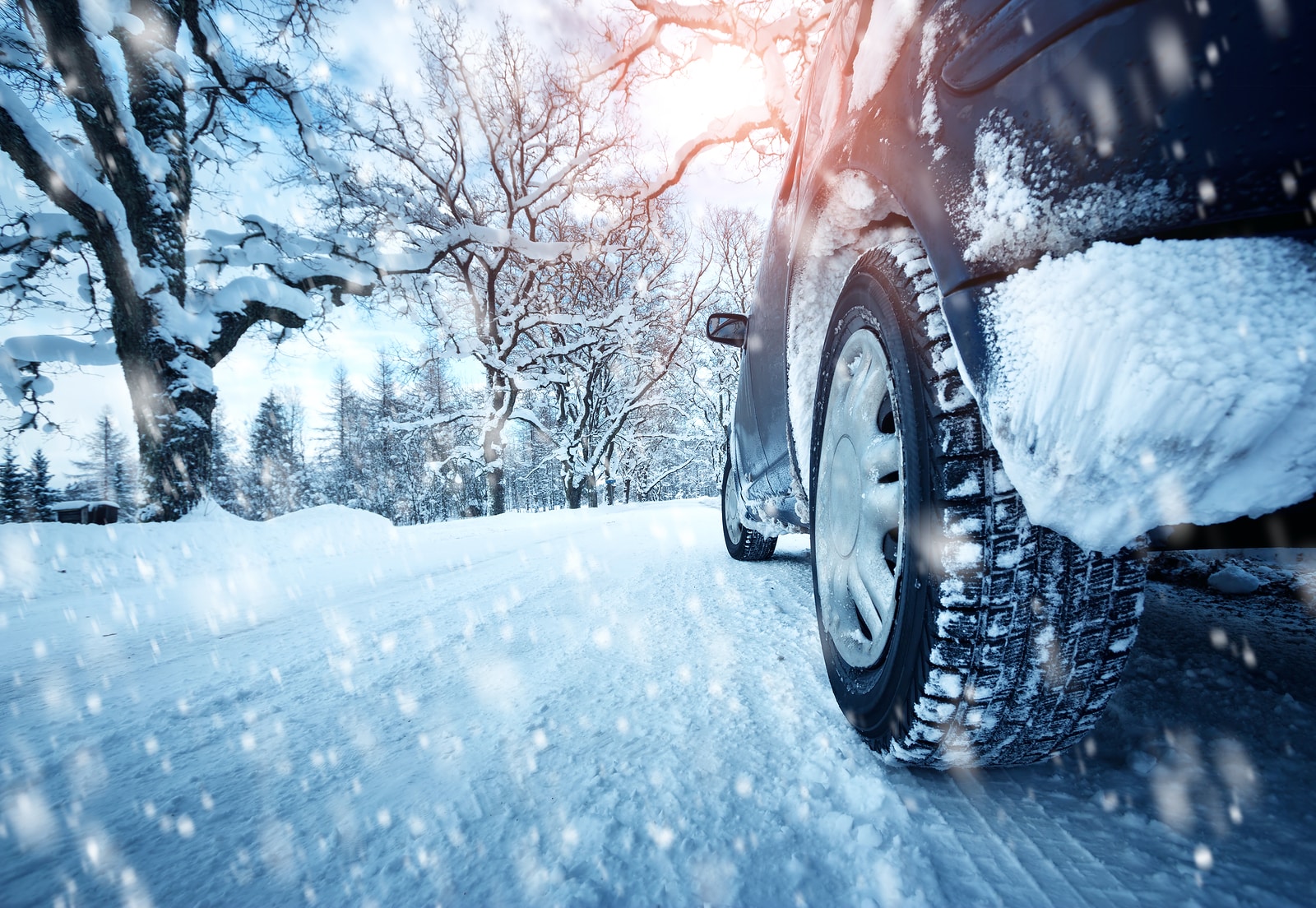Driving in Snow Increases Car Accident Risks: How to Protect Yourself and Get Compensated for Damages

Cold temperatures and moisture lead to snowy and icy conditions that put the safety of drivers, passengers, and pedestrians at risk for personal injuries and other damages.
In addition to the dangerous conditions of roads covered by snow, drivers may be unable to clearly see what’s around them.
These and other factors increase the frequency and severity of car accidents. Drivers who fail to exercise caution and cause a collision may be liable for damages.
Understanding the risk factors related to driving in snow helps you recover from your injuries and protects the wellbeing of you and your loved ones.
Driving Risks Caused by Snow
Icy roads reduce the traction that your car’s tires can maintain. Accidents that occur in snow are commonly the result of a driver’s loss of control.
Cars can slide on the roadways, and it may be impossible to regain control once your car hits a patch of ice. Reduced visibility also contributes to accidents when there is a high level of snowfall, freezing rain, hail, or sleet.
Snow plows keep roadways clear, but in some cases, only one lane may be available for drivers. This increases the likelihood of an accident, and drivers need to be aware of any posted signs indicating changes made to the roadways.
Ice that’s difficult to detect (known as “black ice”) also increases the risks drivers face.
How Drivers Can Increase Safety in Snow
Rear-end collisions are the most common events that occur on the roadways when drivers must navigate snowy and icy conditions. Drivers who fail to provide sufficient space between vehicles can cause rear-end collisions that result in minor to severe personal injuries.
Many of the accidents that involve weather conditions are caused by snow, ice, or sleet. This results in thousands of deaths and hundreds of thousands of injuries each year. That’s why drivers must exercise caution when driving in snow and other dangerous weather conditions.
State laws require drivers to reduce their speeds to below the posted limits when traveling in snow. If conditions become too severe, drivers may need to pull over and completely stop their vehicles until the weather improves.
Drivers need to maintain their automobiles so that their defrosters, windshield wipers, and other features are in working order.
When driving through snow, drivers need to avoid accelerating or stopping suddenly. Sharp turns should also be avoided to prevent drivers from losing control of their vehicles.
Personal Injuries and Getting the Compensation You Deserve
Snow and other dangerous weather conditions don’t excuse drivers from being responsible on the roadways. such conditions
Negligent and careless behavior contributes to the severity and frequency of injuries related to car collisions. Driving at high speeds, remaining too close to other vehicles, and other such irresponsible behaviors make these individuals liable for any injuries you may have sustained in an accident.
Personal injuries include trauma to the head, neck, spinal cord, and back. Bone fractures, whiplash, and injuries to the internal organs can lead to short- or long-term disabilities and the loss of income for victims and their families.
In order to get compensation to help you recover losses, you need to consult with a skilled and experienced attorney who understands the factors related to roadway safety and liability.
Your attorney will help you hold the liable parties accountable for your injuries and damages, navigating the complex insurance and court systems so that you can achieve the maximum possible recovery for your case.
If you or someone you know have been injured because of someone else’s carelessness, contact CP Law Group today at 1-844-5-I’M-HURT (1-844-546-4878) to get the help you deserve. Contact Us.
